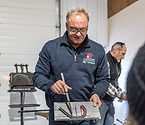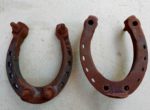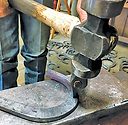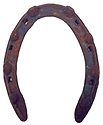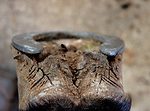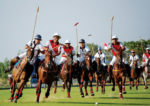Advertise Follow Us
Articles Tagged with ''traction''
Repetition is key to master forging skills
Read More
Fullering to Perfection
A few recommendations can help you efficiently crease handmade shoes
Read More
The Beauty of Bold
Under the right circumstances, using this section could benefit certain horses that you work with
Read More
What's This? Icy Traction
This horseshoe was instrumental in helping New York farmers during the "ice age."
Read More
Getting Reiners Through a Critical Year
Texas shoer suggests slider modifications to keep equine athletes going
Read More
Keeping Polo Athletes Competing
The dos and don’ts of trimming and shoeing these hard working horses
Read More
Keep Sport Horses On Solid Footing
How the hoof interacts with surfaces is critical for keeping horses sound
Read More
Research Journal: April 2016
The information, ideas and opinions expressed are those of the author and do not necessarily represent those of the United States Department of Agriculture.
Read More

